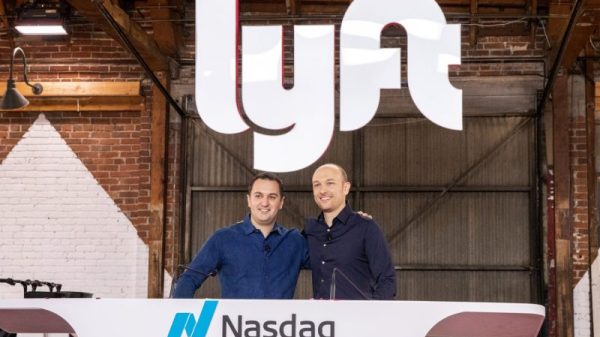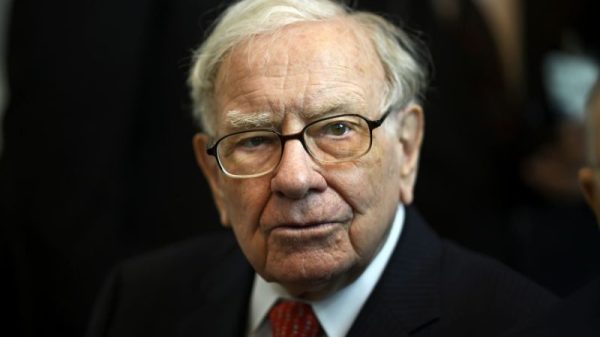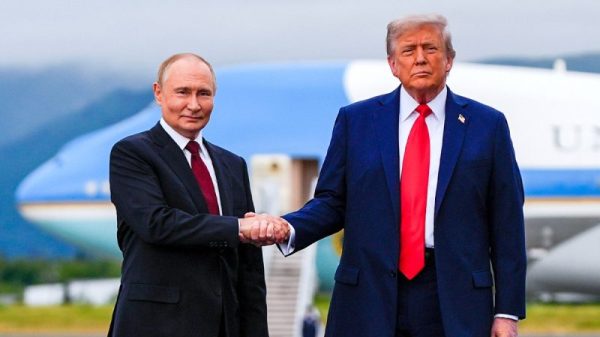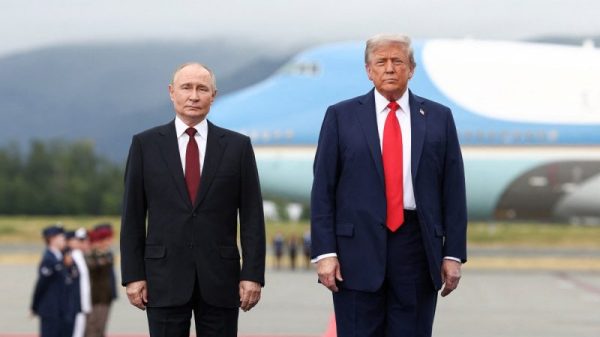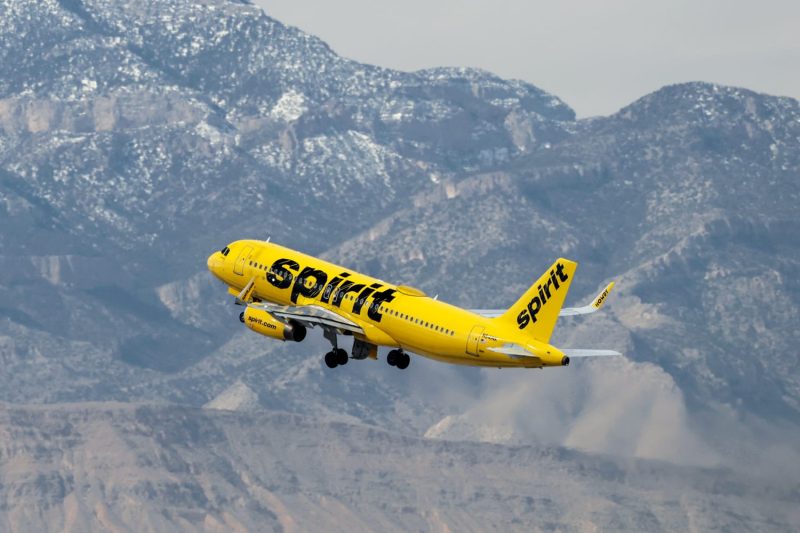Budget Airline Spirit Is Trying to Go Upmarket and Blocking Middle Seats.
The airline industry is known for its fierce competition and ever-evolving strategies to differentiate themselves in the market. Among these players, budget airlines have always operated on a low-cost model, prioritizing affordability over luxury. However, the recent move by Spirit Airlines to block middle seats and offer a more upmarket experience is a bold and unexpected shift in the industry dynamics.
Spirit Airlines, a well-known budget carrier in the United States, has traditionally been synonymous with no-frills, low-cost travel. The airline carved out a niche for itself by offering rock-bottom fares and charging extra for amenities like baggage and seat selection. This bare-bones approach resonated with budget-conscious travelers who prioritized price over comfort.
In a surprising departure from its tried-and-true business model, Spirit Airlines recently announced that it would begin blocking middle seats on its flights. This move is a sharp contrast to the airline’s previous stance of maximizing capacity and squeezing in as many passengers as possible. By blocking middle seats, Spirit aims to appeal to travelers who are willing to pay a bit more for added space and comfort.
The decision to block middle seats marks a strategic shift for Spirit Airlines as it tries to cater to a more upmarket clientele. By offering a more spacious and less crowded cabin experience, the airline hopes to attract travelers who are willing to pay a premium for a more comfortable journey. This move also aligns with the broader industry trend of prioritizing health and safety in light of the ongoing COVID-19 pandemic.
While the decision to block middle seats may appeal to some travelers, it raises questions about the long-term viability of Spirit’s new upmarket strategy. Operating as a budget airline involves a delicate balance between cost control and revenue generation. By blocking middle seats and potentially reducing capacity, Spirit risks sacrificing its cost advantage and eroding its competitive position in the market.
Moreover, the success of Spirit’s upmarket pivot will depend on its ability to effectively communicate the value proposition to customers. Convincing budget-conscious travelers to pay extra for a more spacious seat may prove challenging, especially when competing against other airlines that offer similar perks at no additional cost. Spirit will need to carefully craft its marketing messaging to emphasize the benefits of the new seating policy and justify the higher price point.
In conclusion, Spirit Airlines’ decision to block middle seats and adopt a more upmarket strategy represents a significant departure from its traditional low-cost model. While this move may attract a new segment of travelers seeking a more comfortable flying experience, it also poses challenges in terms of maintaining cost competitiveness and communicating the value proposition effectively. Only time will tell whether Spirit’s gamble will pay off and solidify its position in the ever-evolving airline industry.







